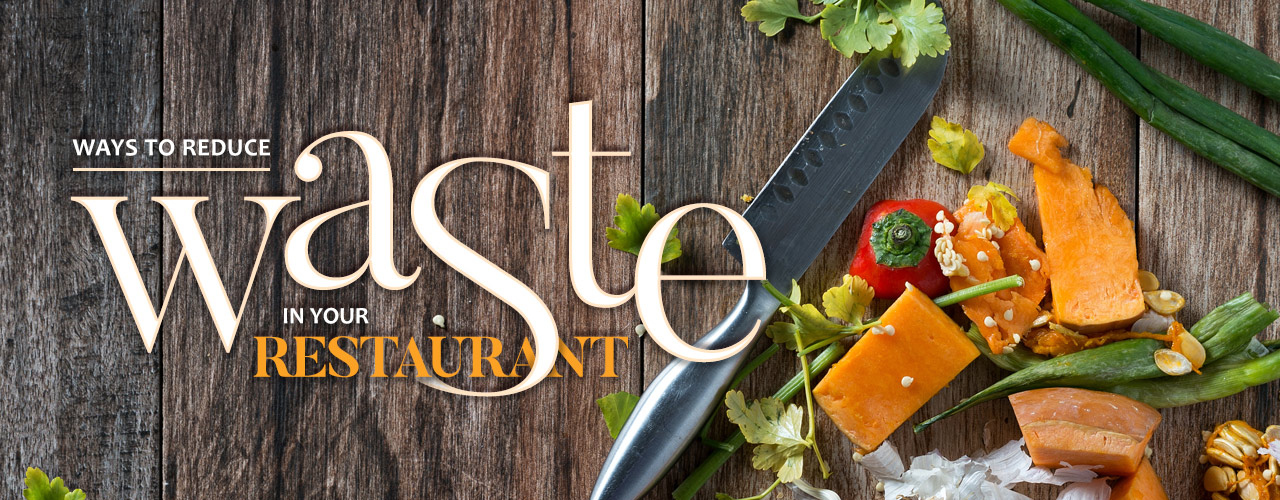
What is a Food Waste Audit?
The first step to reducing waste is to find out how much you’re wasting to begin with and what kind of waste your establishment is producing. The primary goal of a waste audit is to identify where your operation’s waste comes from, so you can then find ways to reduce it.
How to Conduct a Food Waste Audit
There are two main factors to take into account as you track your food waste. You need to consider how much food is being wasted and how many people are coming through your restaurant. By gathering data for both of these variables, you can get a better sense of what your biggest source of waste is.
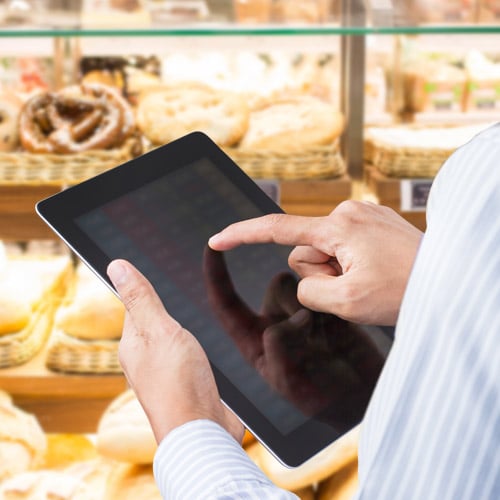
Food log system
Provide your staff with a simple sheet of paper where they can keep track of what’s being thrown out, why it’s being thrown out, and how much is wasted. As an alternative, there are waste tracking systems like LeanPath that use a specially designed scale with touch screen terminal and computer software to track how much food you’re throwing out without the hassle of a pencil and paper.
Also, be sure to keep a second log system for post-consumer waste, or food customers pay for but don’t eat. This type of waste is much more difficult to control because, ultimately, if that toddler at table 3 doesn’t want the broccoli his mom ordered for him, odds are good that you’re going to get it back, untouched, when they leave. Still, it’s well worth evaluating what is being thrown out and how much this amounts to. Gathering as much data as feasibly possible will only help you when it comes time to evaluate the results and make changes to how your operation handles food waste.
Traffic log system
Another common tool that many restaurants use is a daily log of how much traffic the restaurant received and what the weather was like. For example, a log may show that 280 guests were served on the Friday before Christmas and the weather was 50 degrees and sunny. While this data may not seem useful right away, it’s immensely helpful when it comes to planning for the following year’s customer volume. If chefs can get a baseline of how much traffic to expect, based on the previous year’s findings, they will have a better sense of how much food to order. As years go by, this data becomes more and more valuable because the trends become clearer. Many POS systems feature daily log capabilities, so it’s definitely something to look for when you choose a POS for your business.
Seek Food Waste Solutions
Once you know what’s being wasted, talk to your staff and try to think of ways to improve. What are the biggest contributors to food waste in your kitchen? Why are specific items thrown out? These are the questions that should be in the back of your mind as you look at the data.
An easy way to think about next steps is to break up your waste types into three categories:
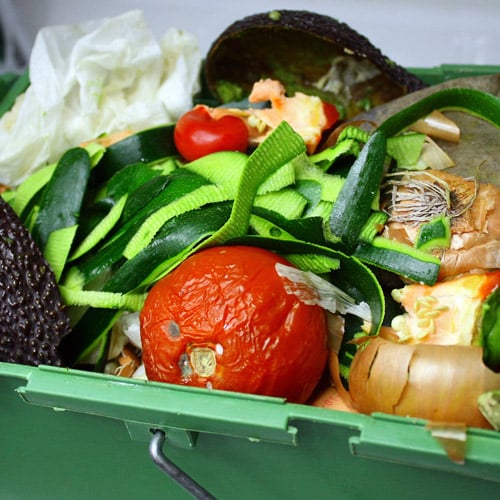
-
- Pre-consumer waste – food that doesn’t even leave the kitchen
- Post-consumer waste – food that’s purchased by a customer, but not eaten
- Disposables – things like paper goods, plastic utensils, and packaging
Next, consider the following options and determine which ways make the most sense to implement as solutions to each type of waste:
Ways to Reduce Pre-Consumer Food Waste
Pre-consumer waste is the area where you likely have the most opportunity for positive change because there are many factors within your control when it comes to ordering, storing, and prepping your ingredients as well as how you handle surplus ingredients.
Evaluate inventory – If you find that food sits around too long in storage, make sure you’re not ordering too much.
Maximize shelf life – If ingredients you need are going bad before you have a chance to use them, make sure perishables are being properly stored so that you’re not wasting ingredients before they are even cooked.
Find ways of repurposing ingredients – Try making day-old bread into croutons, or put leftover turkey meat into a soup. Similarly, an innovative chef will be able to transform excess ingredients into a daily special.
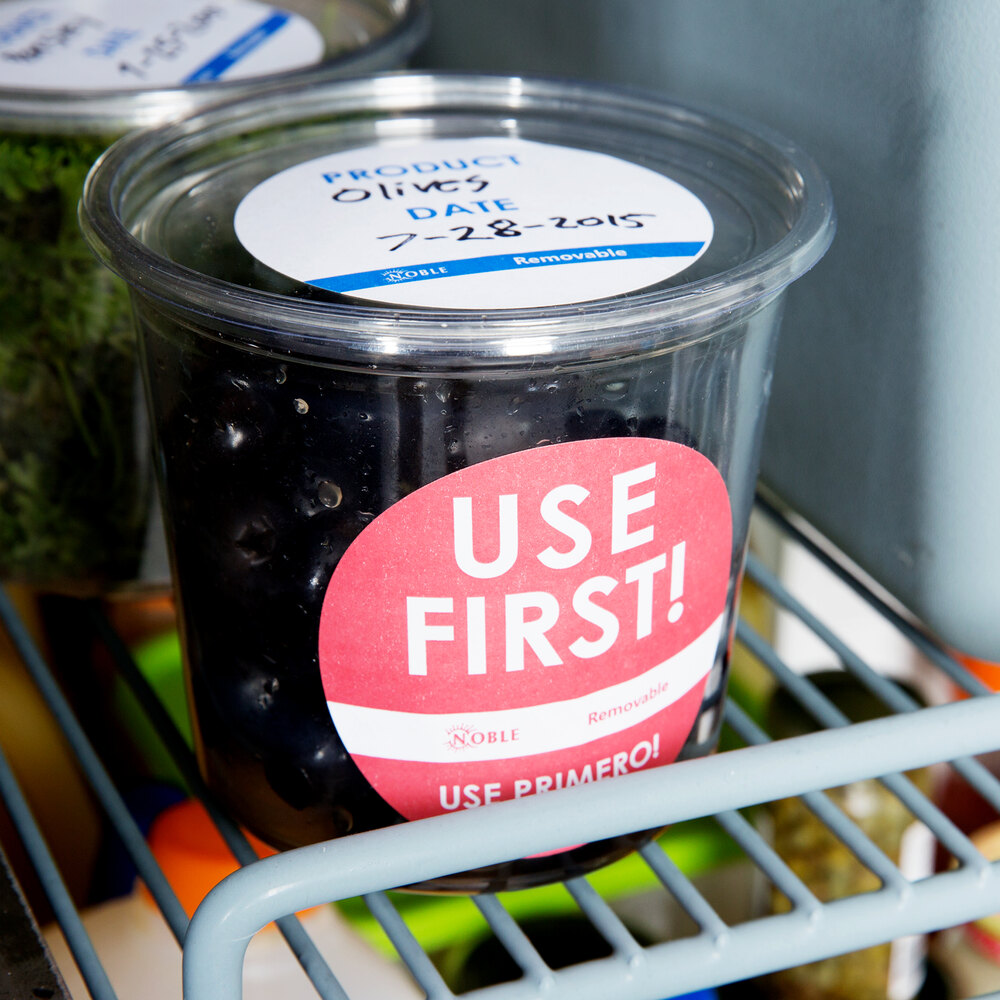
Train staff to reduce waste – Make sure your staff knows how much ingredients cost. Train them to treat each ingredient as if they bought it with their own money. Proper preparation techniques also help to reduce waste of perfectly good food.
Keep your stock organized – Make sure that your perishables are getting used in a timely manner by developing a refrigerator rotation system. Many restaurants call this the “first in, first out,” system. Use stickers with the packaging date clearly written, or Use First” written in large letters to help staff to recognize exactly which products need to be used quickly to prevent spoilage.
Offer staff meals – If there’s just a small amount of ingredients left that won’t be enough for another dinner service, you can give it to your staff for free. Feeding your staff raises morale and prevents good food from being thrown away.
Consider donating food – If you have items that are still safe for consumption but, for one reason or another, can’t be used, a local food bank may appreciate your contribution to feeding people in your community. Programs like Feeding America make it easy to put those unsellable leftovers to good use. Food banks will sometimes even come to your establishment and pick up food for free, and you can claim these charitable donations on your tax return.
Food scraps can be used for animal feed – Many local farmers will provide low cost or free pickup for food scraps, which can be fed to hogs or other animals. If you go this route, you will want to make sure you are following any local, state, or federal regulations on what can and can’t be used for animal feed. It presents another chance to help out the local economy while cutting back on your own food waste at the same time. The EPA offers a guide covering some additional ways to do this.
Ways to Reduce Post-Consumer Waste
There’s not much you can do with food once it’s left your kitchen, but you can make sure that you’re presenting guests with necessary information and proper portion sizes, so your customers know what to expect and can eat until they are comfortably full.
- Monitor portion sizes : If your portions are too big for customers to finish, try a portion scale or some portion spoons to make sure that your customers are getting an appropriate amount of food. Standardizing recipes is one way of ensuring that every member of your staff is plating the same amount of food every time.
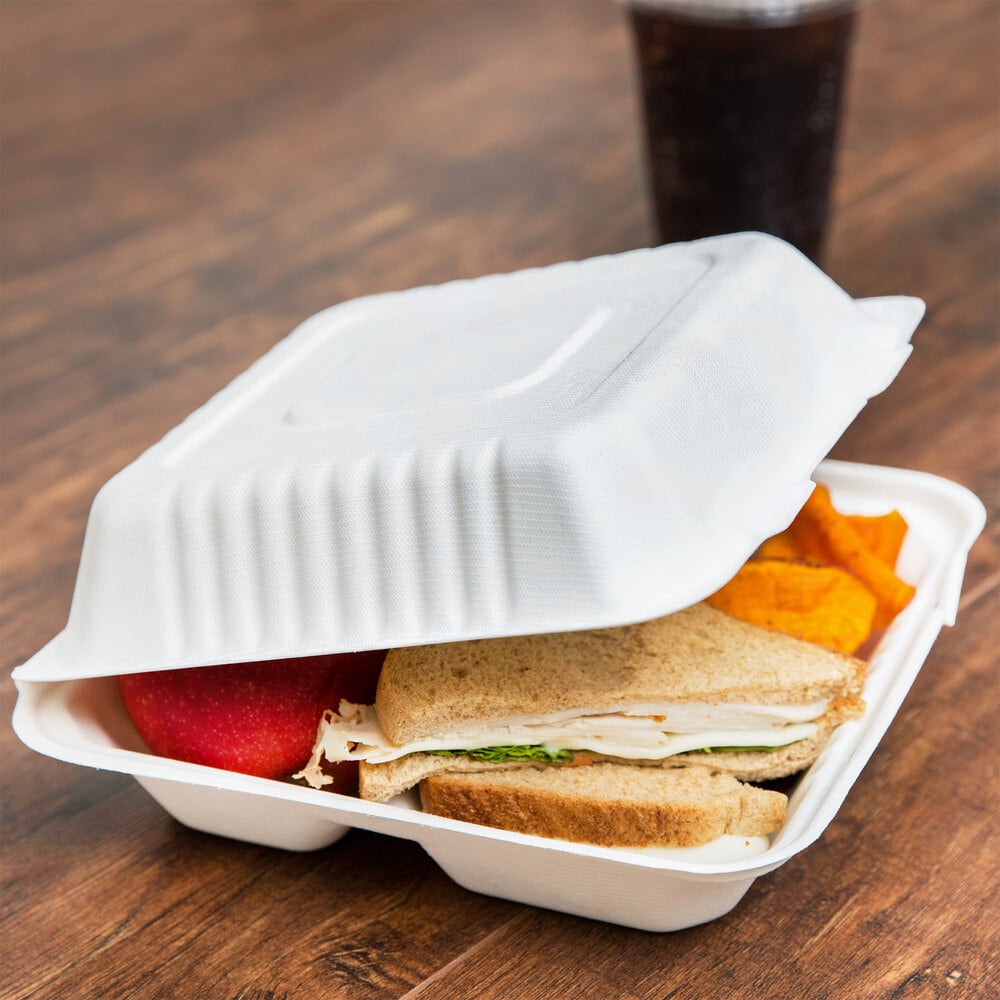
- Manage customer expectations : Guests will be less likely to send a dish back if it’s been completely and accurately described on the menu. Make sure your wait staff can explain every item on the menu and answer any questions that guests may have.
- Track the popularity of each dish : If certain menu items are unpopular, you might want to consider adjusting the recipe or removing it from the menu.
- Encourage guests to take their food home with them : This is a pretty standard practice at most restaurants. Make sure you keep a variety of disposable containers on hand, so guests can take home whatever they can’t finish.
Disposables
While the use of disposables aids in reducing food waste in restaurants, they are inherently designed to be thrown away, so be mindful of which disposables you choose and try to think of ways around using them whenever possible.
- Set Up Customer Incentives : If you own a cafe or convenience store, you can set up a discount for customers who bring their own to-go mugs.
- Try Compostable Products : If there’s absolutely no way around using disposable items, try to choose items that are biodegradable whenever possible.
Alternative Waste Disposal Options
For those food items that are simply not destined for consumption or for plastics, cardboard, and cans, consider alternative ways of disposing your waste that doesn’t bury them in a landfill.
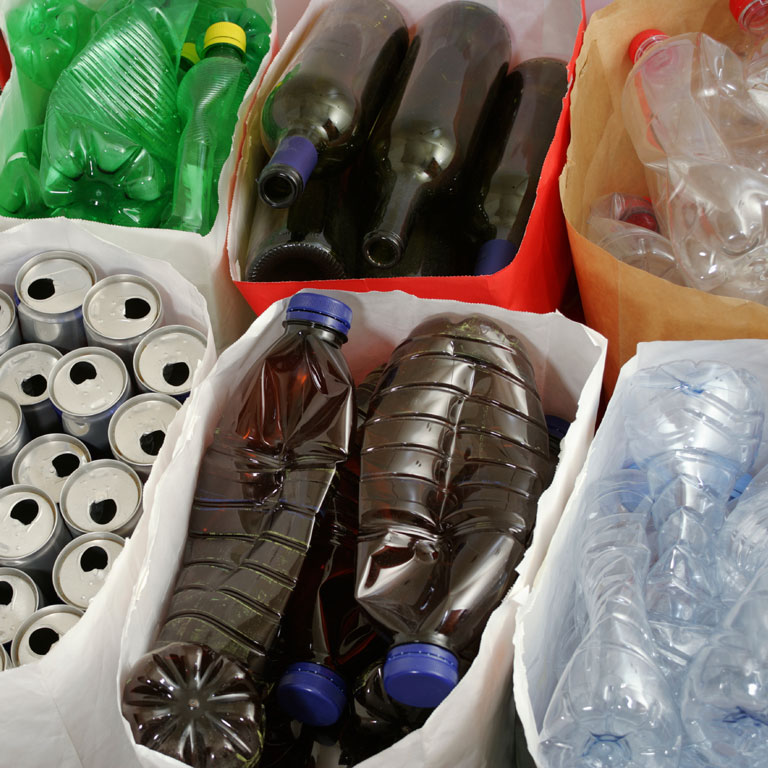
- Composting : If you are fortunate enough to have the space, you can compost on site. If you don’t have the space to run your own composting program, finding a composter to take your scraps can still be more a cost-effective alternative to the traditional disposal methods. Essentially all you have to do is separate out compost-worthy material from the regular “garbage”.Composting centers are still gaining ground and therefore not as widespread as traditional landfills, but resources like findacomposter.com make it easy to find a site near you. If composting sounds like a real possibility for managing waste at your establishment, you can find out all the details in our article all about restaurant composting.
- Recycling : Recycling is a simple way to deal with plastic, cardboard, and glass waste that cannot be avoided, and many restaurants already implement it to reduce their environmental footprints. For more details about recycling, refer to our restaurant recycling article.
Schedule Regular Check-Ins to Monitor Food Waste
It’s important to assess your food waste regularly so that you can constantly monitor trends and implement any changes that may be necessary. No matter how delicious your recipe is, certain dishes can sometimes simply fall out of fashion as customers seek different, newer options. Staff members may move on, so you’ll have new employees to train and manage. There are so many factors that may contribute to increased waste within your carefully thought-out system, so checking in on them is just part of the process of reducing food waste in your restaurant.
Making Alternative Waste Disposal Work For You
There can be many benefits to using alternative waste disposal methods, both environmental and financial. However, not every method will be a good fit for every restaurant. Luckily, the EPA offers handy tools for monitoring food waste management that can give you an idea of how cost effective some of the above methods can be and which ones could be a good fit for your business.
Even if your business seems to have a good handle on its production of food waste, it’s never a bad idea to dive a little deeper into how much waste you produce on a daily basis. If your waste production turns out to be more than you thought, try taking some simple steps to better monitor and minimize your waste production. Your community, your planet, and your wallet will thank you.
Source: Webstaurantstore.com